Joe Root, Steve Smith and Jesus: 38 things we learned from the Ashes
The Ashes may be over, it may be broken and it may be yet another low point in English cricket history, but that doesn't mean that the last two months have been a complete waste of time
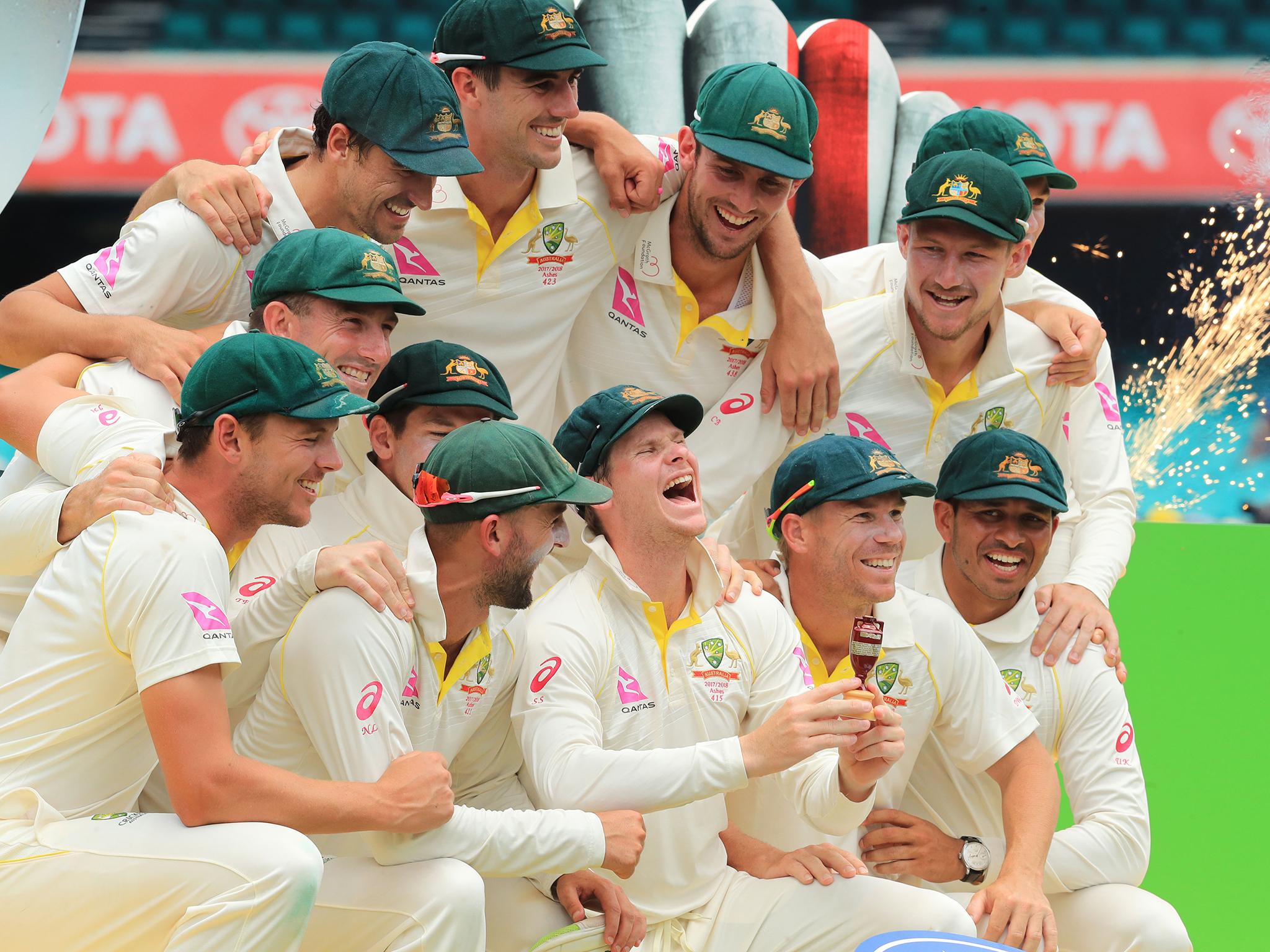
1) The Ashes needs fixing.
This is the eighth Ashes series out of nine to have been won by the host nation. It is a run of home-team dominance unsurpassed in the history of this fixture. By the time of the next Ashes in England, Australia will not have won there in 18 years. By the time of the next Ashes in Australia, England will have won there once in 35 years. This is not a statistical blip.
There are two questions that immediately present themselves. The first is whether anything needs to be done about it. You could, for example, conceivably argue that the urn changing hands six series out of the last eight actually represents competitiveness. But the reality on the ground is quite different. Foregone conclusions benefit nobody in the long run. And so we come to the second question: what, if anything, can we do about it?
Away Ashes wins used to be commonplace: not frequent, but frequent enough. Four consecutive series between 1928 and 1934 were won by the away team. Australia lost at home in 1986/87 and then won away in 1989. It wasn’t unheard of. And perhaps the most notable difference between our era and those that went before it was the amount of acclimatisation time touring sides were allowed.
The 1989 touring side played thirteen games of various lengths in between arriving in England and stepping out for the first Test. This England side played just three, and against pitifully weak opposition. There was a time when host nations would send out their brightest and best in these tour games, desperate to give the Poms a bloody nose. Now Cricket Australia seem to put out a WhatsApp the day before, asking if anyone fancies a game. A Tasmania fringe player called Tim Paine responded this time, which turned out to be a solid career move on his part.
There’s no point blaming the ECB. You never get everything you want in these protracted pre-tour negotiations, and having secured a day-night outing and a game in Queensland before the Brisbane Test, England probably felt they had got as good a deal as they could. Of course, there’s no appetite from anybody to make Ashes tours any longer (see thing 21 below). And so it’s time to contemplate the nuclear option.
Does the Ashes really need to be five Tests?
Before you consider that, consider this: just two of the last 17 Ashes series have gone the distance. That’s twice in 32 years. Fifteen times out of seventeen, the last game has been a dead rubber. Tradition and finance both have their place in their discussion, but it is at least worth considering whether, in a packed international calendar, in an age of decreasing attention spans, the five-Test series is a genuine sporting jewel, or simply an anachronistic indulgence.
Reducing the series to three or four Tests - perhaps even with an optional decider in case of a draw - would concentrate rather than dilute quality. Another option would be incorporating the other two formats, bringing the Ashes up to speed with the modern game. It would allow for more warm-up games, better acclimatisation, more time to breathe. Put it this way: would you rather have four special, high-quality Tests, or five like this?
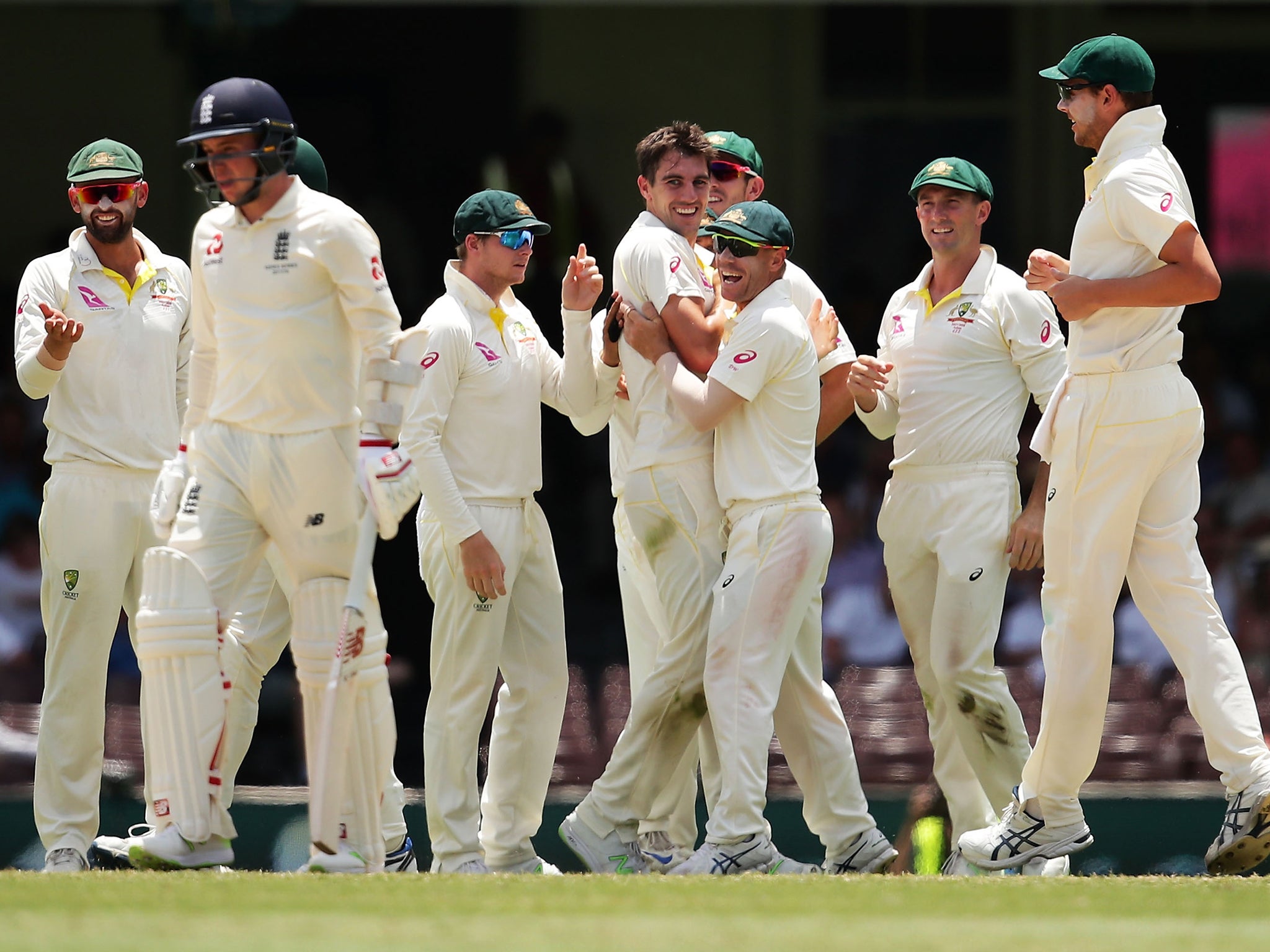
2) Joe Root: not Jesus.
The England captaincy makes mortals out of the gods. Joe Root ended his first Ashes tour as captain asleep in a darkened dressing room. A viral infection prevented him from batting, shaking hands with the Australian team, fulfilling his media duties or even sitting upright. The first priority must be to wish him a speedy recovery.
But in a way, it encapsulated Root’s tour. This defeat will have given him sleepless nights. The lack of a century will sting like hell. He will have learned just how far he has to travel, both as a batsman and a captain. And yet his record suggests this tour will be the making rather than the breaking of him. We can only hope that while he was sleeping off his ailment, he was dreaming up a path to victory in 2019.
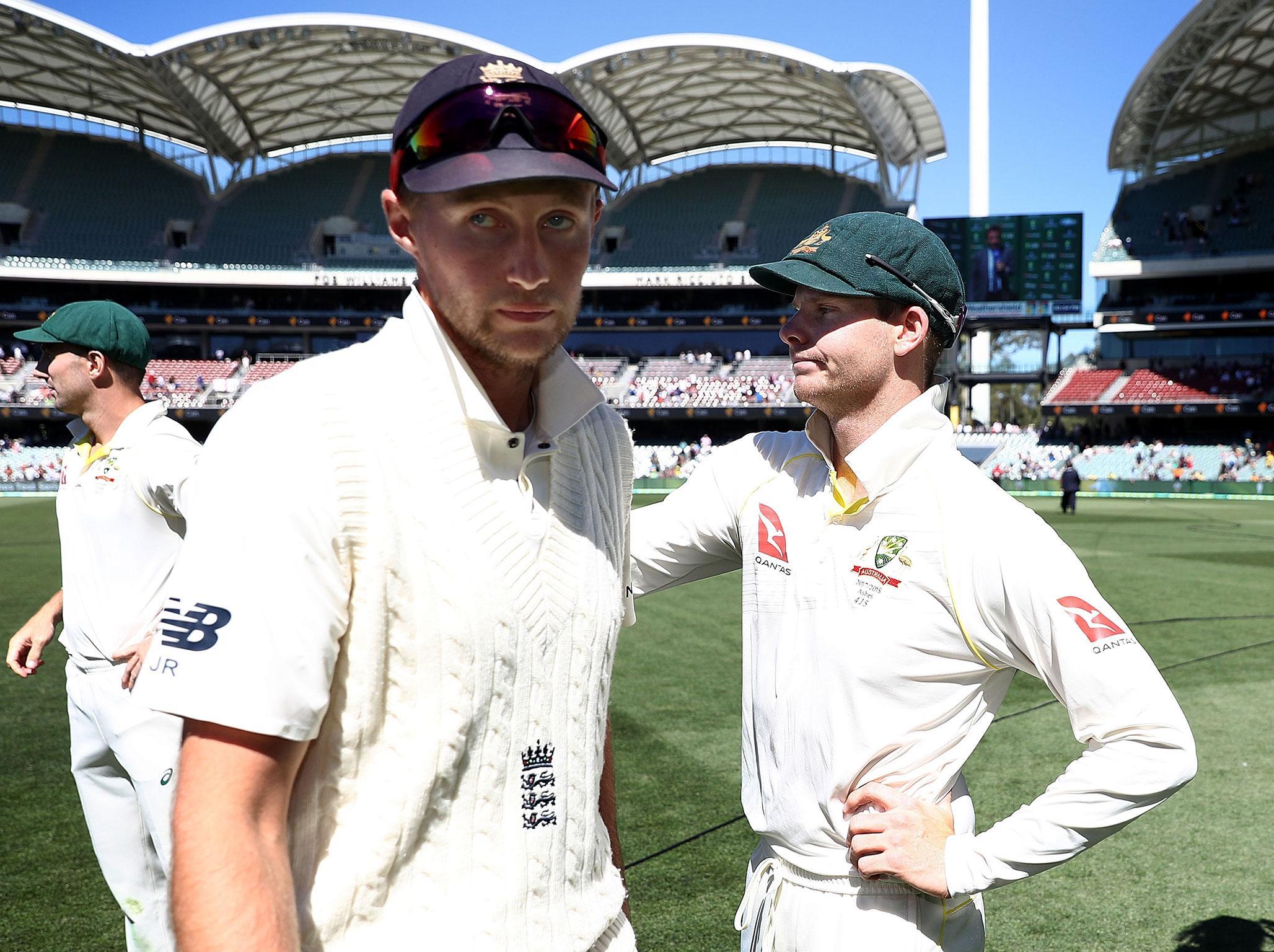
3) Steve Smith: possibly Jesus.
“On 434, I had a curious intuition. I seemed to sense that the ball would be a short-pitched one on the leg stump, and I could almost feel myself getting ready to make my shot before the ball was delivered. Sure enough, it pitched exactly where I had anticipated.”
Almost as impressive as Steve Smith’s patience and strokeplay this series has been his invention. His perpetual motion at the crease may look like a nervous tic or a quirky affectation, but perhaps there’s something more to it. “A normal fourth-stump ball to anyone else, he can hit to the leg side,” explained Pat Cummins, his New South Wales team-mate. “The next ball, he might not move so far, and he hits a full-blooded cover drive. He moves so much it’s harder to find your target.”
This, in essence, is the genius of Smith. He makes a mockery of your bowling plans, simply by having the ability to play three different shots to every ball. He is quite unlike any batsman I’ve seen in my lifetime, and when he’s in a vein of form like this, he genuinely does appear to have a sort of sixth sense: the “curious intuition” that can pick up on the tiniest of visual and rhythmic cues and work out exactly where a bowler is going to bowl the ball, before it has even been delivered.
That quote above, by the way? That was Don Bradman.
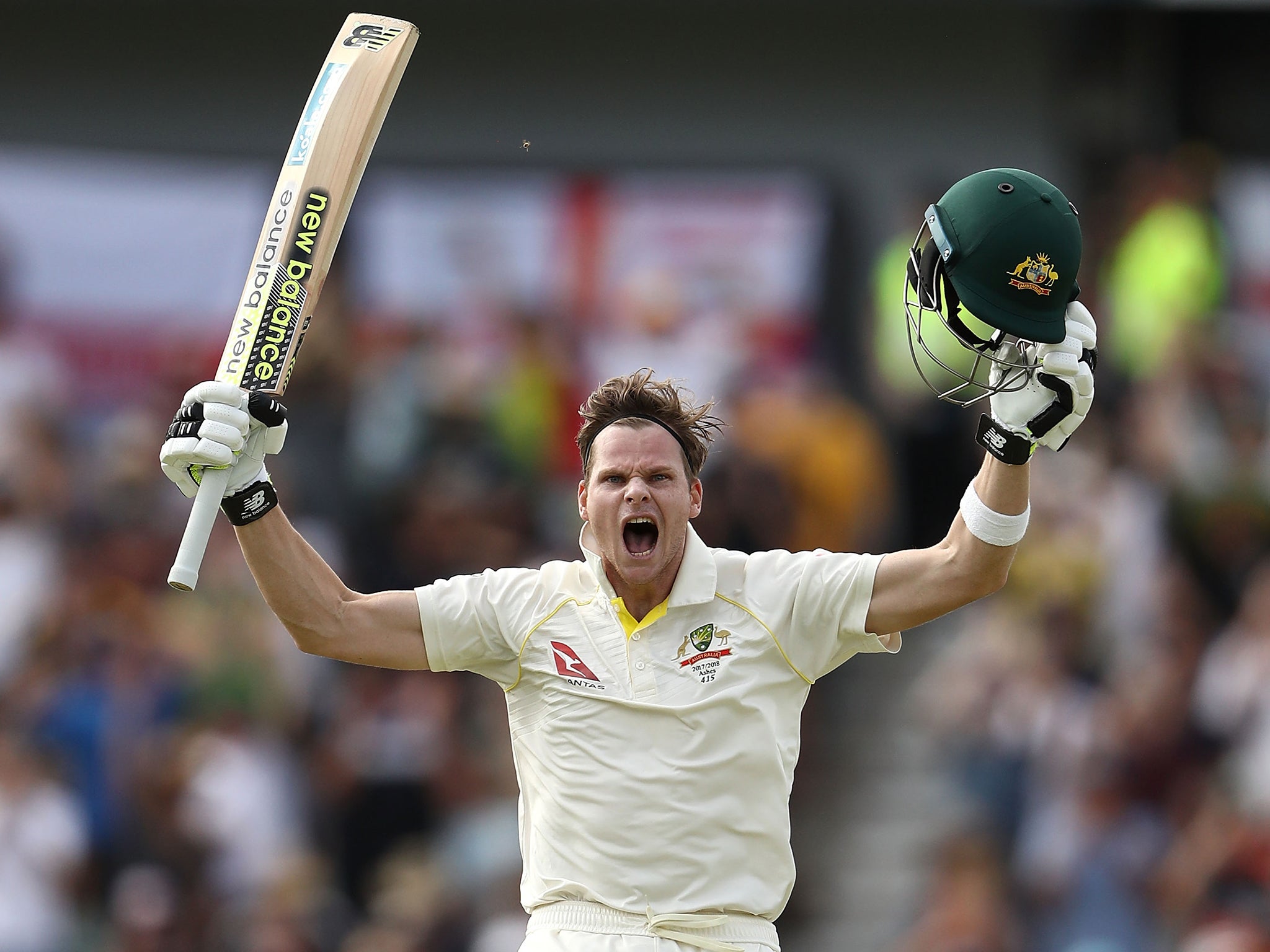
4) England’s 2010/11 win looks even better with hindsight.
It felt momentous at the time, but perhaps because of the ultimate ease of England’s victory we didn’t quite appreciate what a ridiculous effort it was. Fortune favoured Andrew Strauss’s team, to an extent: it was an unseasonably mild Australian summer, and an unseasonably mild Australian team, albeit not quite as useless as it was remembered.
But it’s interesting to note that England had no extreme pace bowlers or mystery spinners in that series either. What they did have was big centuries, scoreboard pressure and reverse swing. All three were absent here, which is why, despite the military level of planning, Root’s men fell flat on their face. You fear that in years to come, the 2010/11 tour will begin to take on a quasi-mythical status within English cricket history, the once-in-a-generation side who cracked it.
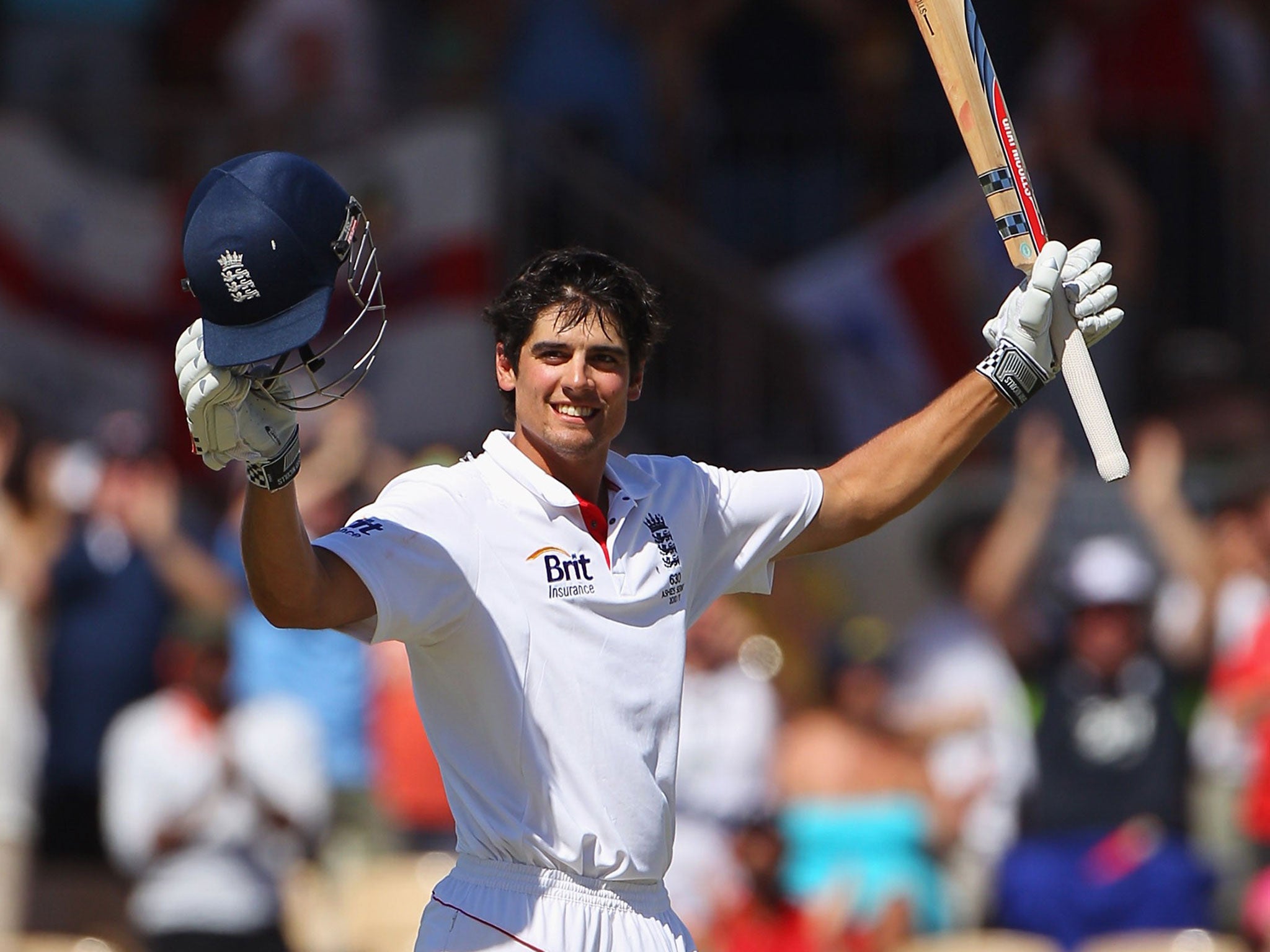
5) Just because a Test match went five days, doesn’t mean it should have gone five days.
This was the first Ashes series since 1994/95 to use up all of its scheduled days. And when juxtaposed with the unequivocal failure of the four-day Test between South Africa and Zimbabwe at Port Elizabeth on Boxing Day – which lasted just 150 overs – it was held by the fundamentalists as irrevocable proof of the inherent superiority of the five-day format.
Well, now. The wet-pitch nonsense in Perth aside, how much genuine intrigue did we see on those five fifth days? How many of the five Tests entered their fifth day with the match still in the balance? Adelaide, at a push. Brisbane, Perth and Sydney were all settled in a hurry. And what that should tell us is not that five-day Tests are sacrosanct, but that you could easily compress five humdrum days into four exciting days without anyone really noticing the difference.
Aha, you say. But what about Melbourne? Well, that was a perfect six-day Test wicket: a proper trial of endurance, patience and character. It’s all about the tailoring the format to the situation. Sometimes a four-day Test will be more appropriate. Sometimes, five. Sometimes (perhaps in Asia or the West Indies, or for marquee series) it’ll even be six. Test cricket has always been malleable and open to negotiation. At the very least, this is a conversation worth having, not shutting down.
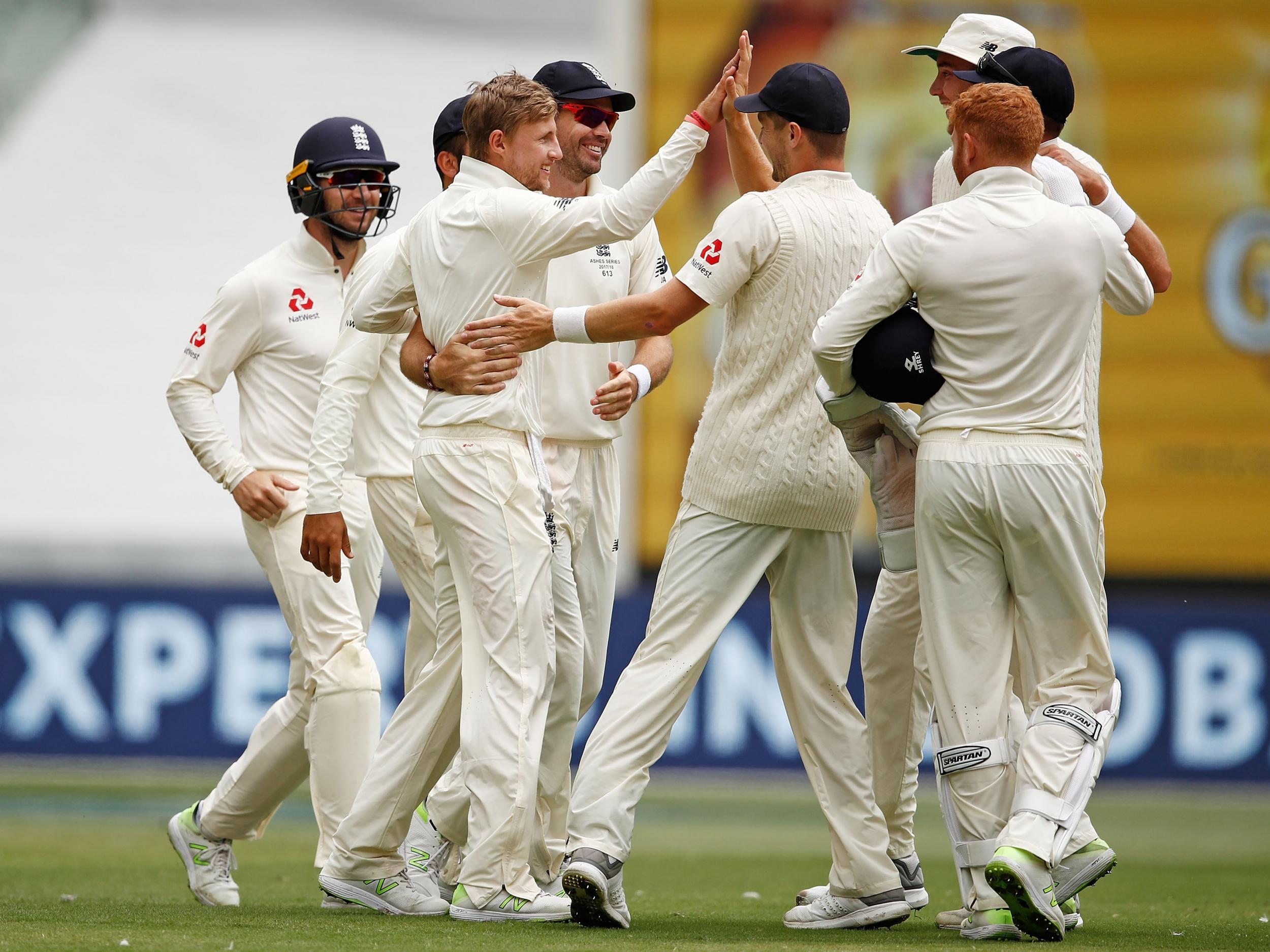
6) If you’re bowling at 85mph in Australia, you may as well be bowling at 65mph.
The ease with which Australia’s batsmen played England’s pace attack should send chills down the spine of every fast-medium bowler in county cricket. Even in 2010/11, the likes of Chris Tremlett, Tim Bresnan and Steven Finn were slinging it down consistently at 87-89mph. If England are serious about winning out here (see thing 37), they need to identify the quicks who are going to do it. Because it’s a damn sight easier to teach a fast bowler to bowl line and length than it is to teach a line and length bowler to bowl fast.
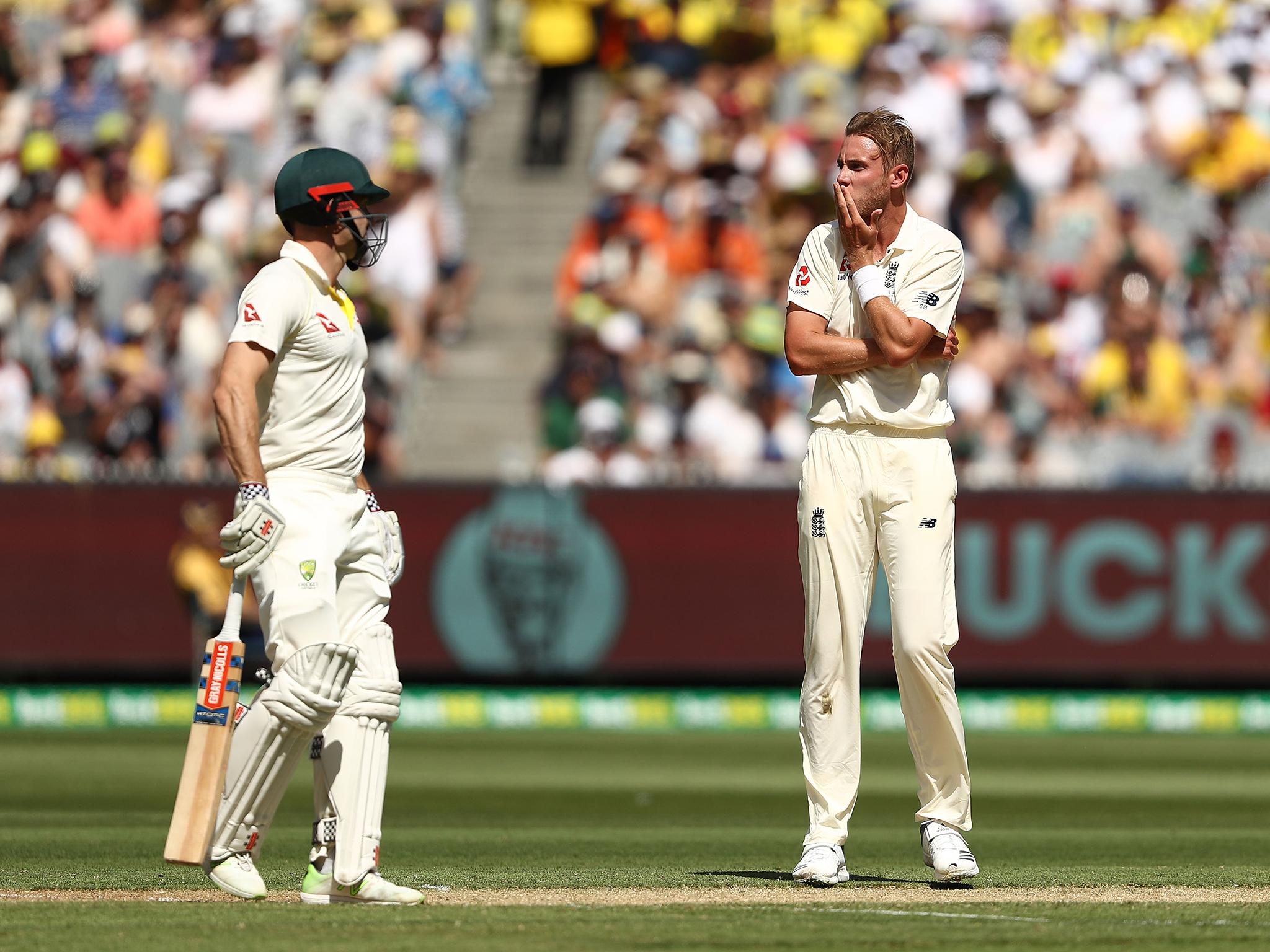
7) A worrying number of cricket’s rules now appear to be optional.
Take the front-foot no-ball rule, for instance. These days it is almost never enforced unless a wicket is taken, which means bowlers have no idea whether they are persistently overstepping. You could argue, of course, that bowlers should know where their feet are landing, and by and large Australia’s front-foot discipline was exemplary. But it does mean that the first time a bowler gets no-balled, it is likely to cost them a wicket.
The regulation on bouncers is another. We can argue over Australia’s tactic of bouncing the England tail – and personally, I don’t have the slightest problem with it – but surely we can agree that the rule restricting bowlers to two bouncers per over should either be enforced or scrapped. At the moment, it’s there but not actually doing anything, a bit like certain members of the England backroom staff.

8) Adelaide remains the epitome of a modern Test match venue.
The inky-dinky tram ride into town. The walk over the bridge across the River Torrens. The idyllic stroll through lush parkland. The decent sightlines and reasonable ticket prices. The grass banks and the lovely old scoreboard. And then as dusk descends and the lights come on, the sight of the pink ball against a glittering night sky. Some cricket grounds are too modern to be charming; others are too old-fashioned to be comfortable. Adelaide, somehow, has managed to hit the sweet spot. It just gets Test cricket. Try and get there once in your life.

9) The sporting public – in England and Australia – are more responsive to “events” than run-of-the-mill sport.
The Boxing Day Test drew almost 90,000 to the MCG. On Boxing Day, that is. By the time day four arrived, it had shrunk to less than a third of that: still pretty handy, of course, but indicative of how successful the Boxing Day Test is as a concept, an experience, a must-see event. And this is increasingly how international sport is being packaged these days – the ‘Pink Day’ for the McGrath Foundation in Sydney, the Australia Day ODI at Adelaide, fancy dress Saturdays at Test matches in England.
Administrators and accountants love “event” sport for two reasons. One: They bring people through the gates. They’re iconic, heavily-branded, highly Instagrammable. People go there to be seen as much as to see. And this brings us to point two: because people are coming for the event as much as the sport, the success of the event is largely independent of the quality of the sport. The 2018 Boxing Day Test could feature Australia against the cast of Home and Away, and people would still pay money to see it. Actually, that would be kind of neat.
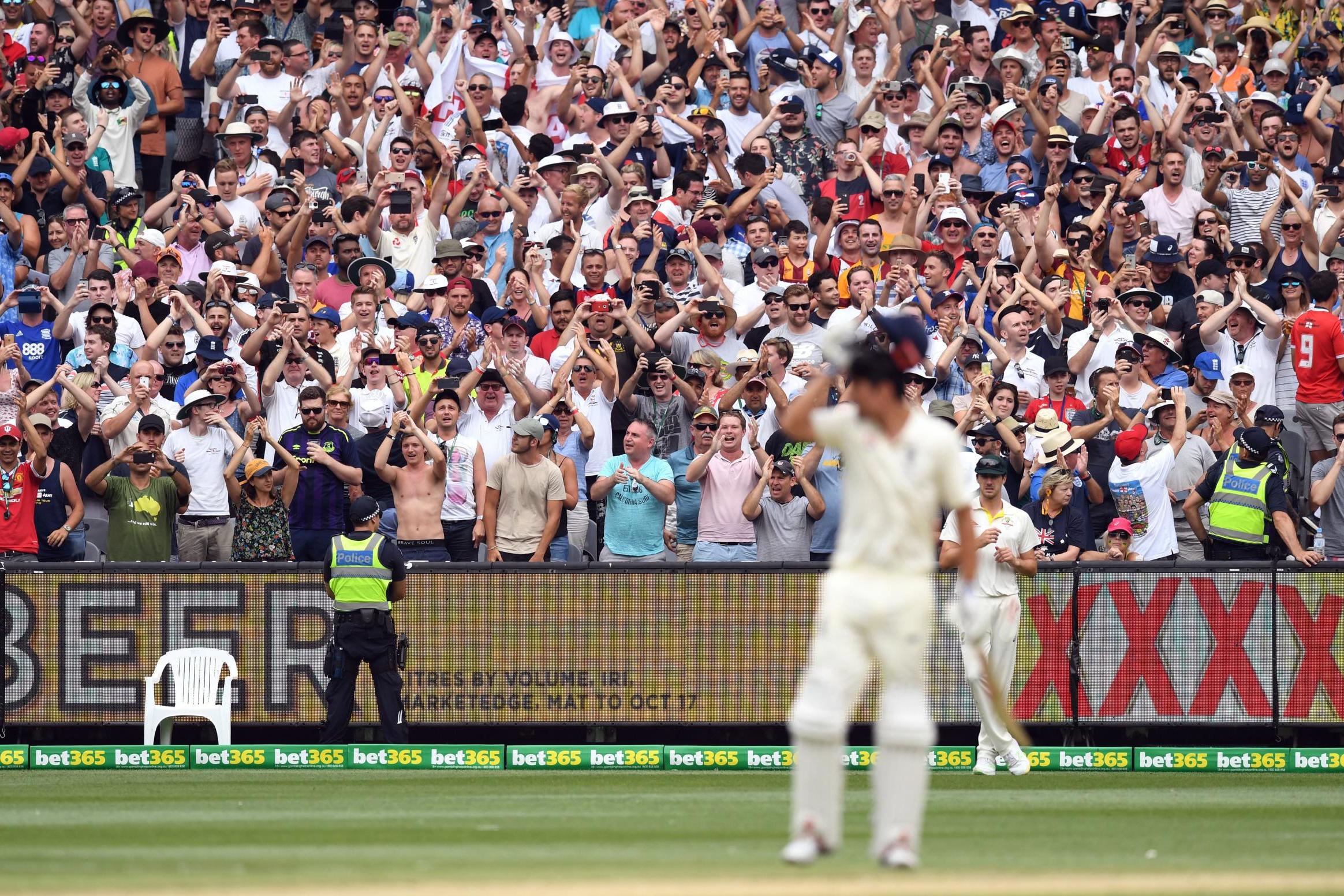
10) The Barmy Army needs to purge its “football” element before it begins to tarnish the entire movement.
In the wake of this article about the Barmy Army, I accepted an invitation to go for a drink with some of their number during the Sydney Test. These were the proper, die-hard Barmies, some on their 20th tour or more, and what they were keen to impress was that the football-chanting, stag-weekend multitudes following England around Australia singing “Ten German Bombers” are not the original Barmy Army, and never will be. Indeed, there appears to be a certain sadness amongst the original members that a fan club established as a witty and niche counterpart to football culture appears to have been subsumed by it.
So obnoxious has been the atmosphere in some grounds that many long-time Barmy tourists have chosen to skip entire sections, or sit elsewhere, in order to avoid the more loutish elements. Which is fine, of course. But whether or not these newer elements are “proper Barmies” or not, they call themselves the Barmy Army, they buy the Barmy Army merchandise, drink in the Barmy Army pubs, and the Barmy Army are quite happy to take their money while doing so. Which makes it their problem as much as anyone else’s.

11) The next James Anderson doesn’t exist, and may never exist again.
Anderson will be 37 by the time the next Ashes rolls around. He was England’s leading wicket-taker by a distance in this series, and so naturally he was eager to talk up his chances of being around for 2019. It would be his eighth Ashes, and very few England fans would begrudge him the opportunity.
And yet, if we’re brutally honest, Anderson is probably one big injury away from the end. That’s just the way things are at that age. And so in any case, England need to start grooming a successor with the maximum haste. Stuart Broad will be the man in the short-term, if he hasn’t packed it in too. Chris Woakes is next in line. Then you have the likes of Craig Overton, Tom Curran, Toby Roland-Jones, Jamie Porter and very possibly half a dozen more promising new ball bowlers in county cricket. None is in Anderson’s class as a swing bowler, but then who is?
Anderson’s skill with a red ball was honed over years, not months, by a process of trial and error and experimentation and occasionally despair. He went through the process because Test cricket was the preeminent form of the game, and there was no greater reward than to play Test cricket for England. Could any young county seamer say remotely the same thing today?
Less than a year ago, I asked Anderson whether traditional red-ball skills would be as relevant in the modern game, with its focus on white-ball cricket, big hits and kooky variations. He expressed hope, but not optimism. After all, who’s going to devote ten years to learning to swing a red Duke ball when you can devote six months perfecting a slower yorker and start coining it in T20? It’s time to admit the possibility that the next Anderson not only doesn’t exist: he may never exist again.

12) Australia’s four-man attack has the potential to go down as one of their greatest ever.
The 2013/14 attack was elevated by the deadly brilliance of Mitchell Johnson on pitches tailor-made for his brutality. Ryan Harris and Peter Siddle were mighty fine backups as well, but as a four-man collective, this current attack have the potential to match them. The fact that there has not been a single stand-out bowler, or even a single stand-out spell or bowling analysis, counts against them when it should really count in their favour.
On far less responsive pitches than those Johnson and co enjoyed in 2013/14, Josh Hazlewood, Pat Cummins, Mitchell Starc and Nathan Lyon have meshed together like luxury floor tiles. They have shared the burden beautifully, all taking between 21 and 23 wickets each at an average of under 30 and an economy of around three.
While Australia leaned heavily on Shane Watson as a fifth bowler four years ago, here Mitchell Marsh has gone wicketless while the four main men have carved up England scalps between them. You could make a case for McGrath/Lee/Warne/Clark in 2006/07, but as a collective rather than a collection of individuals, this quartet certainly deserve inclusion in the same bracket.
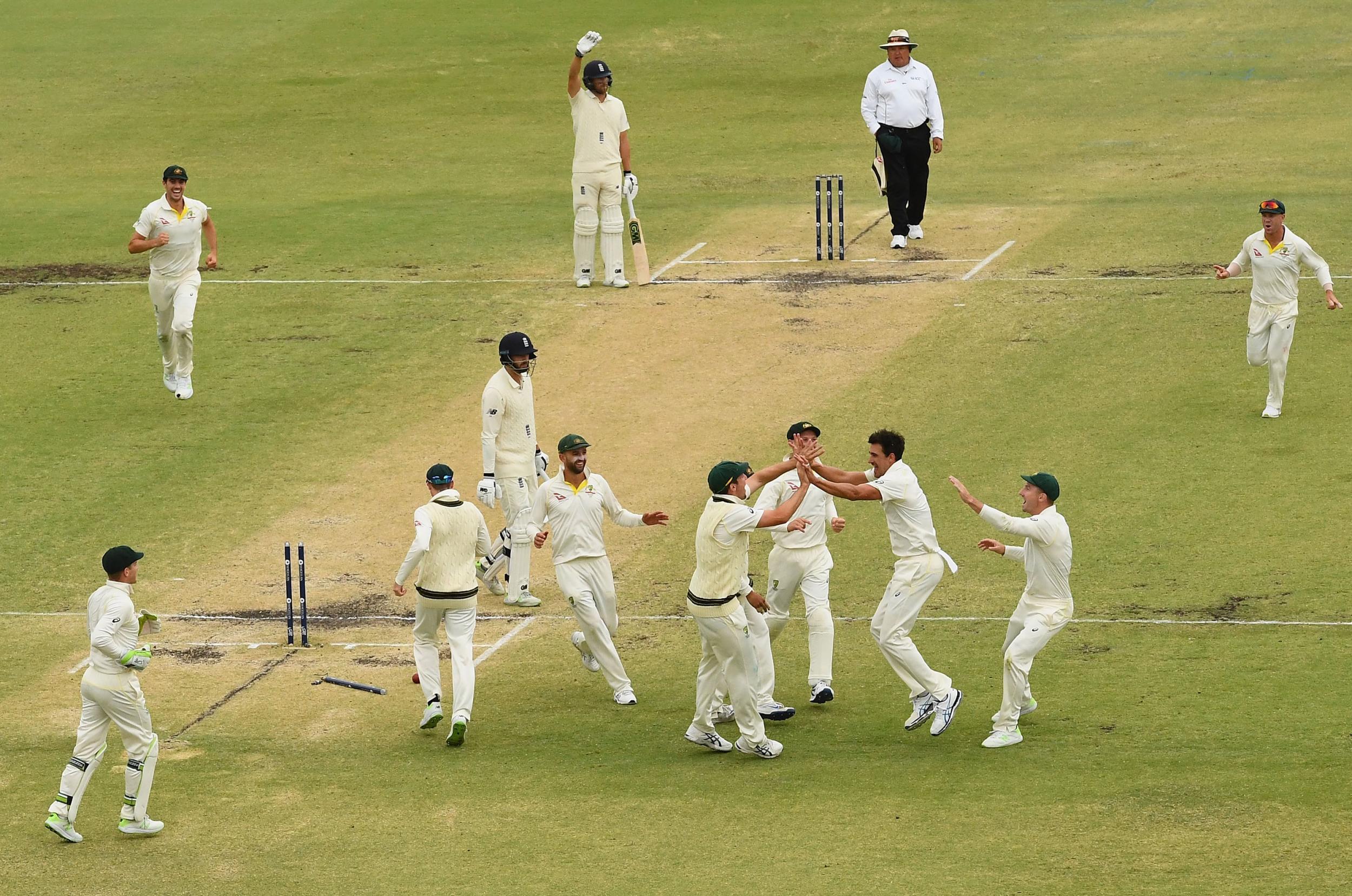
13) England need to bowl more with a red Kookaburra ball.
So perturbed were Australia by their capitulation against the moving Duke ball in England in 2015 that they started using it in Sheffield Shield games. Perhaps, if England really want county seamers to start working for their wickets, they should consider doing something similar in the County Championship. Trevor Bayliss is believed to be keen on the idea.
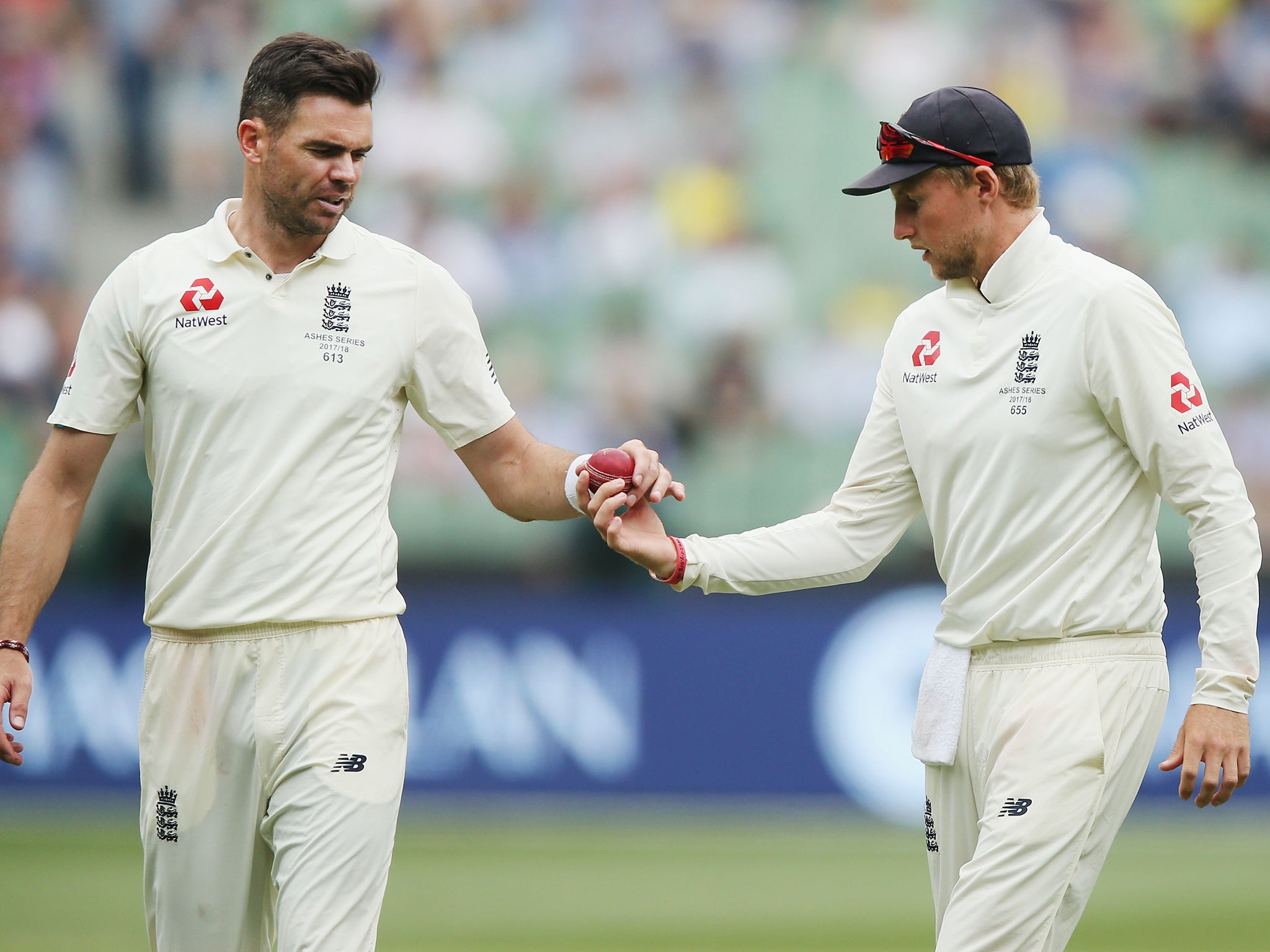
14) Melbourne: overrated as a holiday destination, underrated as a city.
Melbourne gives up its charms slowly and by degrees. It has no Harbour Bridge, no Opera House, no Coogee Beach. For those stepping off a plane after a 24-hour flight expecting to be wowed, it offers little in the way of extrinsic excitement. Put simply, it doesn’t actually do that much. But what it does do, it does exceptionally well. If you like eating and drinking and just, sort of, hanging out, Melbourne is one of the greatest cities in the southern hemisphere. If you don’t like any of those things, best give it a swerve.

15) Perth: underrated, full stop.
Traditionally the city of mining money, big ugly skyscrapers and heat that will literally melt your teeth, Perth gets a bit of a bad rap from the rest of Australia. Which is a shame, because it’s probably my favourite Australian city to visit: bold and yet understated, sprawling and yet surprisingly cosy. The beaches are the best in Australia – sorry, Sydney. Fremantle is a sun-kissed paradise. And the cultural and culinary scenes are far better than you’d expect for a place this remote. Just remember to bring lots and lots of money.

16) Don’t go into the sea with your glasses on.
I mean, most of the sensible ones out there will already know this. Unfortunately, “sensible” is not one of those words that has ever been associated with this correspondent, and so whilst wading through the shallow waters of Bronte Beach on New Year’s Day, he was poleaxed by a giant head-high wave that left him practically sightless for the next 20 hours until he could get an emergency appointment at Specsavers. At least I got a good view of the wave before it whipped off my specs and gulped it down to the bottom of the Pacific Ocean.

17) The traditional presentation stage clearly wasn’t exciting enough for someone.
Someone – and probably lots of people – had to sign off on the giant fingers.

Who? And where do they live? And why did nobody say something? And what was wrong with the traditional number system? And what was wrong with the regular, horizontal rostrum with a horizontal floor and a vertical backdrop and very little else? And what’s wrong with people in general these days?
18) The modern sporting economy privileges revenue generation over any other factor, including sporting spectacle.
You wouldn’t be surprised if Cricket Australia were casting a concerned eye at the last Ashes series in England. None of the Tests made it into a fifth day, with Edgbaston and Trent Bridge failing to make it into a fourth, and so ahead of this series presumably a memo went around demanding that pitches last for five days.
Perhaps there’s some alternative explanation for the state of some of the surfaces that we’ve seen this series, but this appears to be the most plausible. The MCG has been slapped on the wrist for its effort, but given that it would need another two “poor” ratings to be stripped of an international match, it’s fair to say that won’t be happening in a hurry.
We also saw the last ever Ashes Test – and possibly the last Test full stop – at the cherished Waca. On day one of the Perth Test, the media were invited to tour the new Optus Stadium across the river, which will host Perth’s big matches for the foreseeable future. It was fine: large, well kitted-out and instantly forgettable. It looks like everywhere else. But it holds 60,000 and there’s plenty of room for corporate hospitality, bars and food stalls and a giant car park. Which, I think we can all agree, is the main thing.

19) Cricket in the UK is still failing to reach a broader audience.
Ashes tours, despite what your grandparents might tell you, have never made the biggest of splashes back home. But there was still a frisson of anticipation, a phenomenon that penetrated beyond the bubble of cricket and into the wider consciousness, a sense that – especially if England looked like making a decent fist of it – a Big Thing was happening.
That seems to have gone for good now. The purchase of broadcast rights by BT Sport and its refusal to sub-lease highlights to a terrestrial broadcaster have shifted this Ashes series even further away from the national conversation than usual. Their coverage has, by all accounts, been pretty good, if not yet to the standard of Sky. But it would be interesting to glimpse their viewing figures for something like the fifth day of the Melbourne Test. And to speculate whether cricket really is still a mainstream sport in this country, or simply a very small number of people all talking to each other at once.
The good news is that finally – finally – the ECB appear to be getting it. After a decade of neglect, they have spurned BT’s cash and made a direct pitch for the free-to-air television market.

20) Australian beer is not half as good as it thinks it is.
It’s very cold, which I suppose is one thing. But the majority of its craft ales aren’t a patch on their British equivalents. Also, in case you’re wondering, Foster’s isn’t a thing here. Most people haven’t even heard of it.

21) The traditional overseas tour, as we know it, is dying as a concept.
Perhaps in a generation or two, we’ll look back on the idea of cricket teams going on tour for months on end as a sort of eccentricity, the last vestiges of cricket’s so-called ‘golden age’. This Ashes tour is one of the most compressed in recent memory – five Tests in less than seven weeks, with the bare minimum of warm-up material beforehand – and yet it still feels dragged and drawn out, like a very long night without sleep. There’s been precious little downtime, no space for reflection or rejuvenation, no air. At what point does all this simply stop being fun?
It’s worth noting that there are very few sports that make this sort of demand on anyone’s time. World Cups and Lions tours in rugby union, perhaps. But the football World Cup is one taut month, the Olympics a brisk 17 days, and perhaps it’s worth asking if in the modern age it’s reasonable to hold people’s attention for very much longer than that. The other option is to go in the opposite direction, and build more slack time into the schedule, giving the series room to breathe, giving people the opportunity to tune in and tune out. But I think we all know that’s not going to happen.

22) England need Ben Stokes more than Ben Stokes needs England.
Without touching the rights and wrongs of what he did in Bristol in September and what an appropriate punishment might be, consider the following: has Stokes’s reputation as a cricketer been enhanced or diminished over the last three months? At the very least, you’d be hard-pressed to argue the latter. If the old saw that you’re a better player out of the team has any truth in it, England’s Ashes travails have simply underlined Stokes’s value to them, not simply in terms of runs and wickets and catches, but balance and stature. England are three-quarters of a team without him.
In time – and especially if Stokes is charged and England need to build for a future without him – that might change. But as it stands, Stokes is free to enlist himself for the IPL auction, sign another life-changing contract, gallivant around the world playing Twenty20 and enhancing his own playing reputation. He may be desperate to play for England again in the short-term. But if the current situation persists, he may ultimately discover that life on the other side isn’t so bad at all.

23) Sorry, but there is a drinking culture in English cricket.
One evening quite recently, after the close of play in a County Championship match, I popped into a pub near the ground to find both teams in there: sinking pints, swapping stories, sinking coins into the fruit machine. It was only day one of four, and yet this has been the story of English cricket since time immemorial: you play, you have a pint, you play, you have a pint, and so on until you retire, whereupon you can continue drinking pints unencumbered by cricket.
There has long been a certain reluctance within English cricket to think of its practitioners as professional athletes, rather than players of a game. Smoking is still a commonplace; drinking is pretty much universal; the idea of voluntarily giving up alcohol for months on end, as David Warner did not so long ago, would instantly mark you out as something of an eccentric. Cricket as a sport and a social activity is so tightly entwined with drinking that it is hard to imagine one without the other.

At international level, players are certainly fitter than they have ever been - no complaints on that score – but the drinking culture remains. Even after the well-publicised incidents involving Stokes, Jonny Bairstow, Ben Duckett and James Anderson, Andrew Strauss refused to countenance the idea that a professional athlete on tour could stick to soft drinks while representing their country. “I don’t think that’s appropriate,” he said. “It’s unrealistic to say to someone that you can’t have a drop of alcohol for five months.”
There are a few teetotallers in the England team – Moeen Ali and Mark Wood come to mind – but again, the idea of giving up alcohol for performance reasons, like a good number of footballers, athletes and even a majority of pro tennis players – is still an alien one.
24) Jonny Bairstow has a strange way of greeting people.
Seriously, greeting someone with a head-butt? Has anybody ever come across that before?

25) Gary Ballance may play more Test cricket, but he’ll never be an England regular.
The fact that Ballance has now gone on two long overseas tours, to India and Australia, without being trusted to play a single game suggests that England are beginning to look beyond him. The fact that his friend and former flatmate is the England captain is probably what has kept him in the picture this long. But it’s hard to think of too many batsmen who have gone without a century in 27 Test innings and still had a Test career at the end of it.
Against which is the fact that Ballance has actually scored four Test centuries, which is twice as many as Mark Stoneman, James Vince, Haseeb Hameed, Tom Westley, Dawid Malan, Keaton Jennings, Alex Hales and Ben Duckett put together. It’s twice as many as Mark Ramprakash scored in his entire Test career. It’s seductive to think he might have more in him, especially when he starts churning them out for Yorkshire. Which is why Ballance’s current state of suspended animation looks set to continue for the foreseeable future: not good enough to play, not bad enough to discard completely.
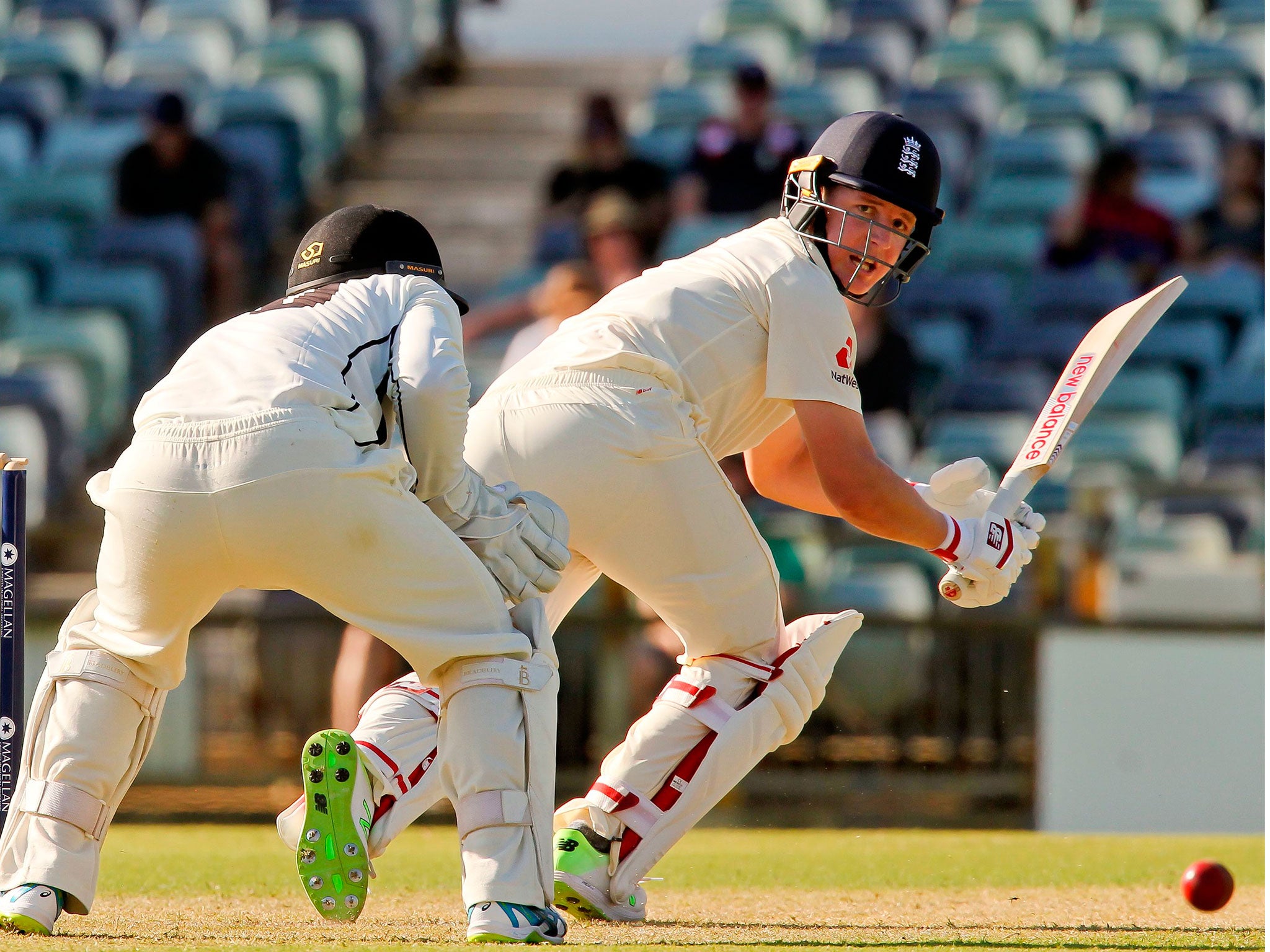
26) Whatever ‘it’ is, Dawid Malan has it.
It’s hard to square the Malan that hit his second ball in international cricket for six – at Cardiff against South Africa – with the batsman who batted for more balls than any other for England in this series, and scored more runs. Adaptation – the ability to mould your game and keep developing it to meet new challenges – is the key to longevity at Test level. In one of the toughest series of all, Malan has shown he has what it takes.
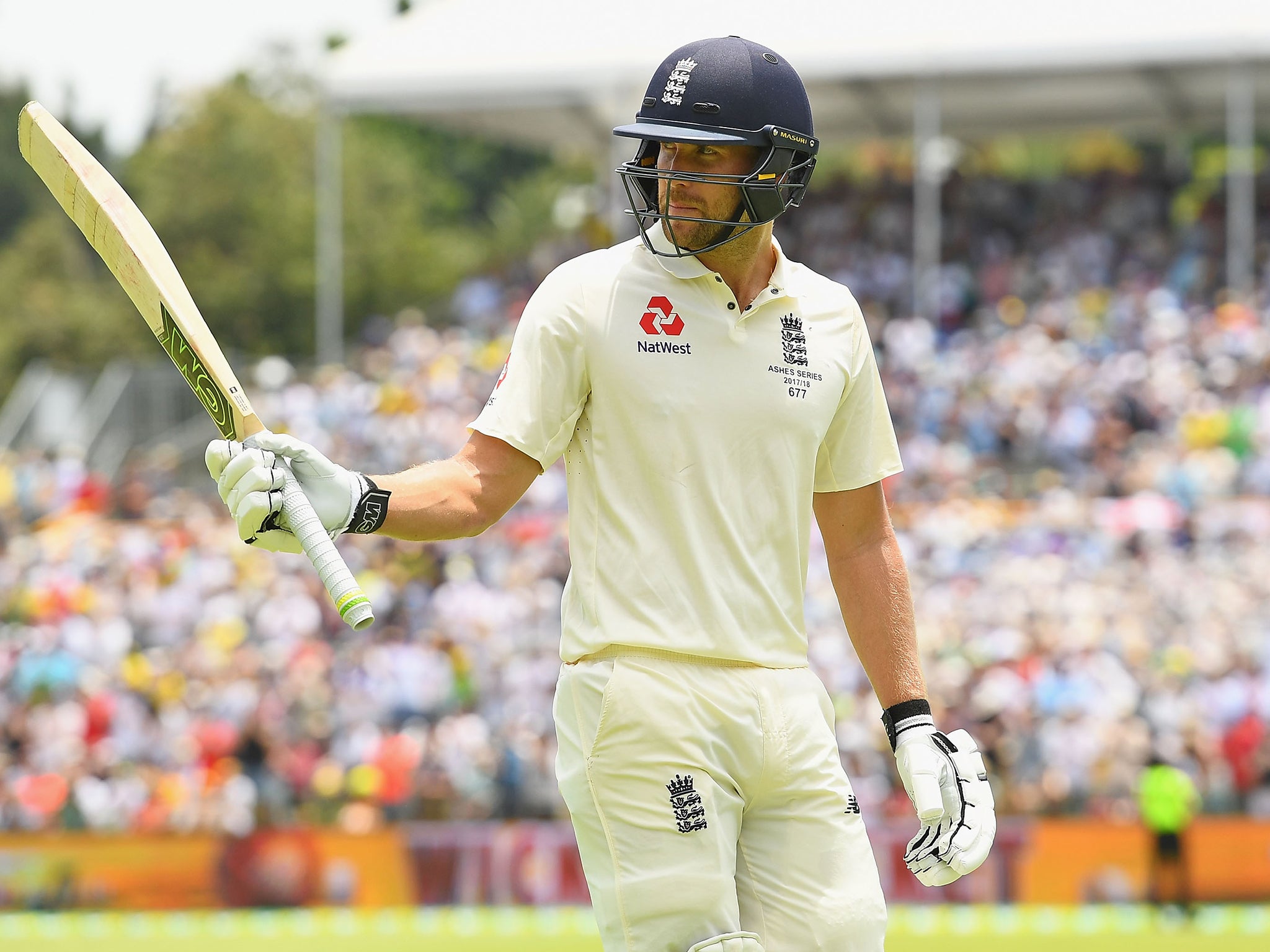
27) Whatever ‘it’ is, James Vince doesn’t.
If Malan’s Test career has been a journey of constant evolution and growth, a capacity to correct flaws and learn from mistakes, then Vince’s has been the exact opposite. You wonder how long a player can keep getting out nicking outside the off-stump when well set before it stops being a silly quirk and becomes a deep-seated character flaw. Since battling hard for 83 on the first day of the series at Brisbane, Vince has done nothing to show that he is learning from his errors. That’s the mark of a limited batsman, and if he doesn’t make some big runs pretty fast in New Zealand, he can have no complaints if time is finally called.
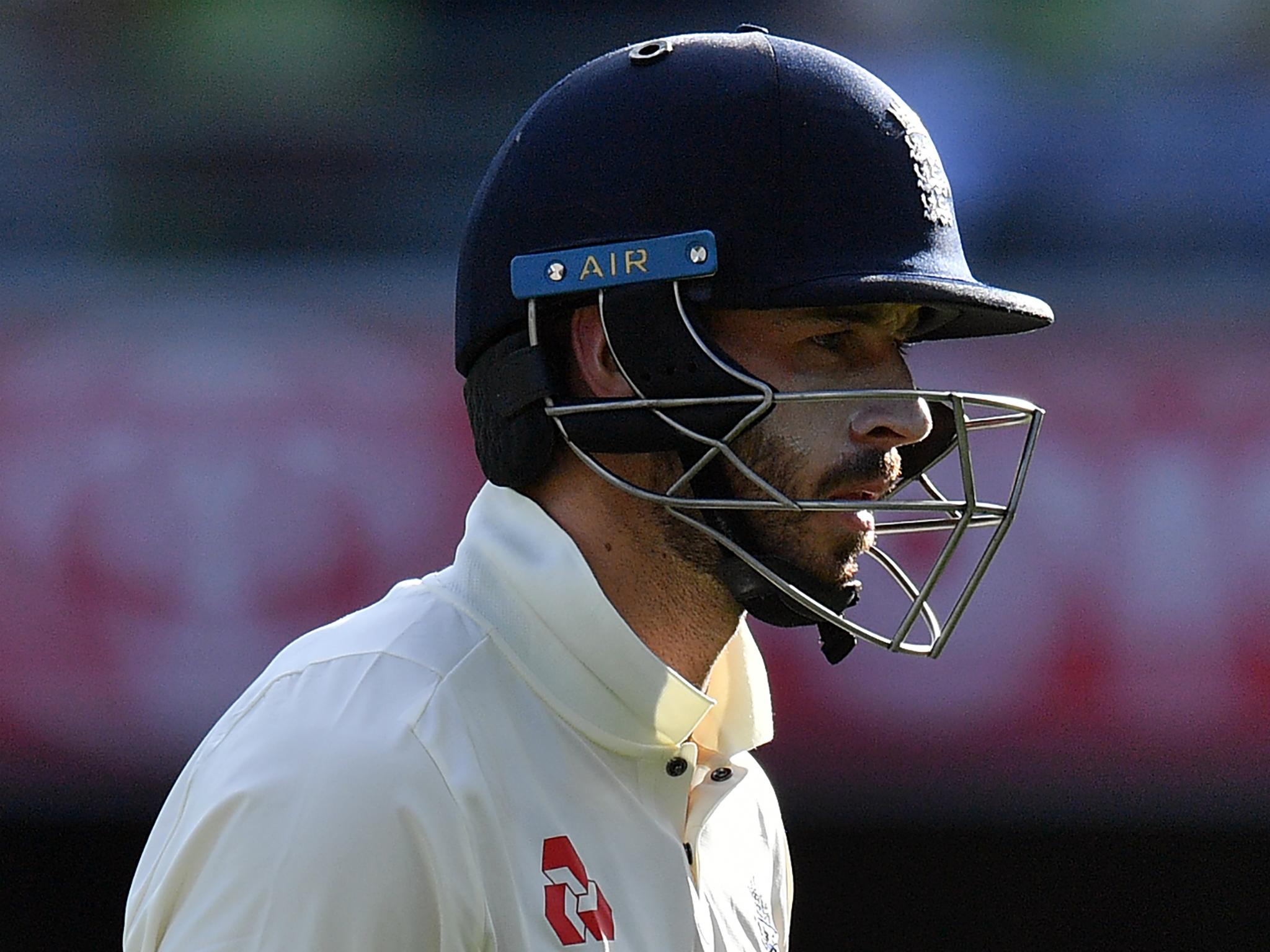
28) Mason Crane is the future of English spin bowling, whether you like it or not.
After delivering perhaps the most impressive 1-190 in the history of international cricket, the question is what next for Crane. England adore his attitude, his bravado, his ability to rise to a challenge. Even the way he demanded a review when caught behind during England’s second innings indicated a player who already feels like he belongs at this level.
You’d like to think Crane’s ability to forge a viable Test career will depend solely on his capacity to take wickets, and his capacity to do so on far less accommodating surfaces than a Sydney turner. But that’s not a luxury England can really afford. With the exception of Jack Leach at Somerset, there isn’t really a spinner in county cricket who demands selection. And so already, at the tender age of 20 and with one Test match behind him, England are on the verge of going all-in on Crane. No pressure, young man.

29) Alastair Cook is a legend, whether you like it or not.
There is a certain corner of the internet for whom Cook is still, for some long-forgotten reason, the Antichrist of English cricket who can do no right, even when scoring 244 not out in an Ashes Test at the MCG. “But it was a dead rubber!” they cry, oblivious to the question of why, if it’s so easy to score double-centuries in dead rubbers, nobody else was doing it. “But he’s terrible to watch!” they retort, ignoring the fact that Cook has scored more quickly than any England batsman this series. “But he shoots deer!” they say, and, well, perhaps they have a point there.
It’s true to say that the Cook who dominates series rather than single Tests is gone, perhaps for good. But unless I’m looking in all the wrong places, county cricket isn’t exactly stuffed with openers capable of scoring Test double-centuries every few months. Cook’s hunger for runs is still one of the wonders of modern English cricket, and if he really has his heart set on making it to the 2019 Ashes, you have a sneaky suspicion that somehow, he’ll find a way.
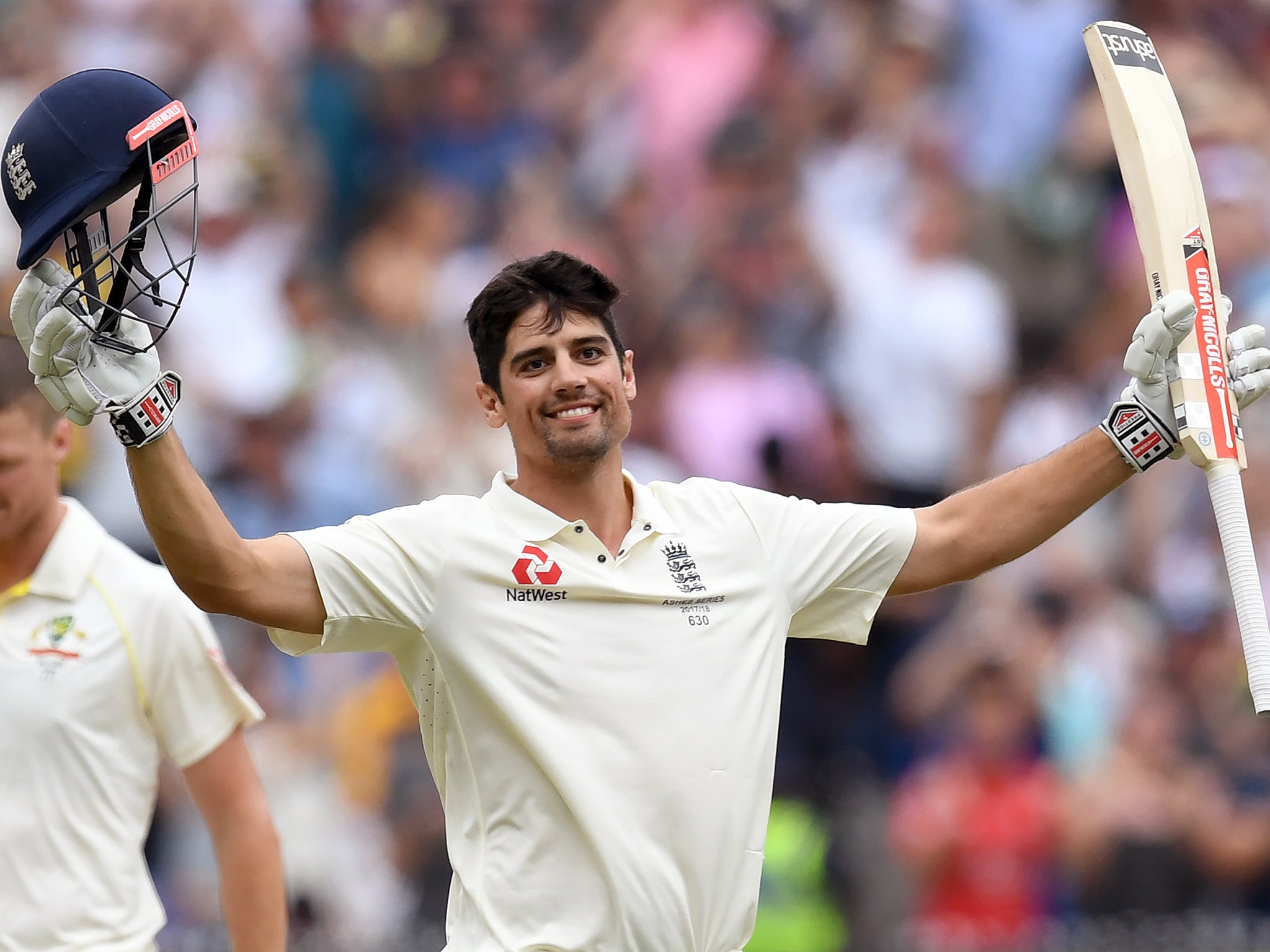
30) Chris Woakes will be England’s No 1 fast bowler at some point, and we should all be very frightened about that moment.
The all-conquering Woakes of 2016 was nowhere to be seen on this trip. Partly that was a function of conditions. Partly that was a function of role – as England’s fastest bowler, Woakes got shoehorned into an enforcing, short-of-a-length job that failed to play to his strengths. And partly it was a function of form. Woakes hasn’t really looked the same bowler since a major side injury last summer, and it can only be hoped that an injury to the same side – which put him out of the Sydney Test – is as minor as it first appeared.
The more pressing concern is that at some point, when Anderson and Broad retire or gets injured, Woakes will be the spearhead of England’s attack. There’s certainly nobody else staking a claim for that role. And yet his struggles out here have underlined just how far he has to go as a Test cricketer. The consistency and the aggression both need to be raised a notch, and if you want to be considered as a bowling all-rounder, it’s probably not a good idea to get outscored by both Craig Overton and Tom Curran over the course of the series.

Woakes is a fine cricketer. But sometime soon, he’ll have to step into the shoes of one of the very finest. He has to believe he’s up to the challenge, even if nobody else does.
31) Australia is finally, finally learning to love the Marsh brothers.
Between them, Shaun and Mitch scored more centuries than the entire England team. Maligned for years, in and out of the side, labouring under accusations of nepotism and bias as a result of their famous father Geoff, perhaps this was the series Australia finally took the Marshes to their heart. They’re not the Waughs, they’re not the Chappells. But with a bit of love, they can still be the linchpins of the Australian middle order for a good few years yet.
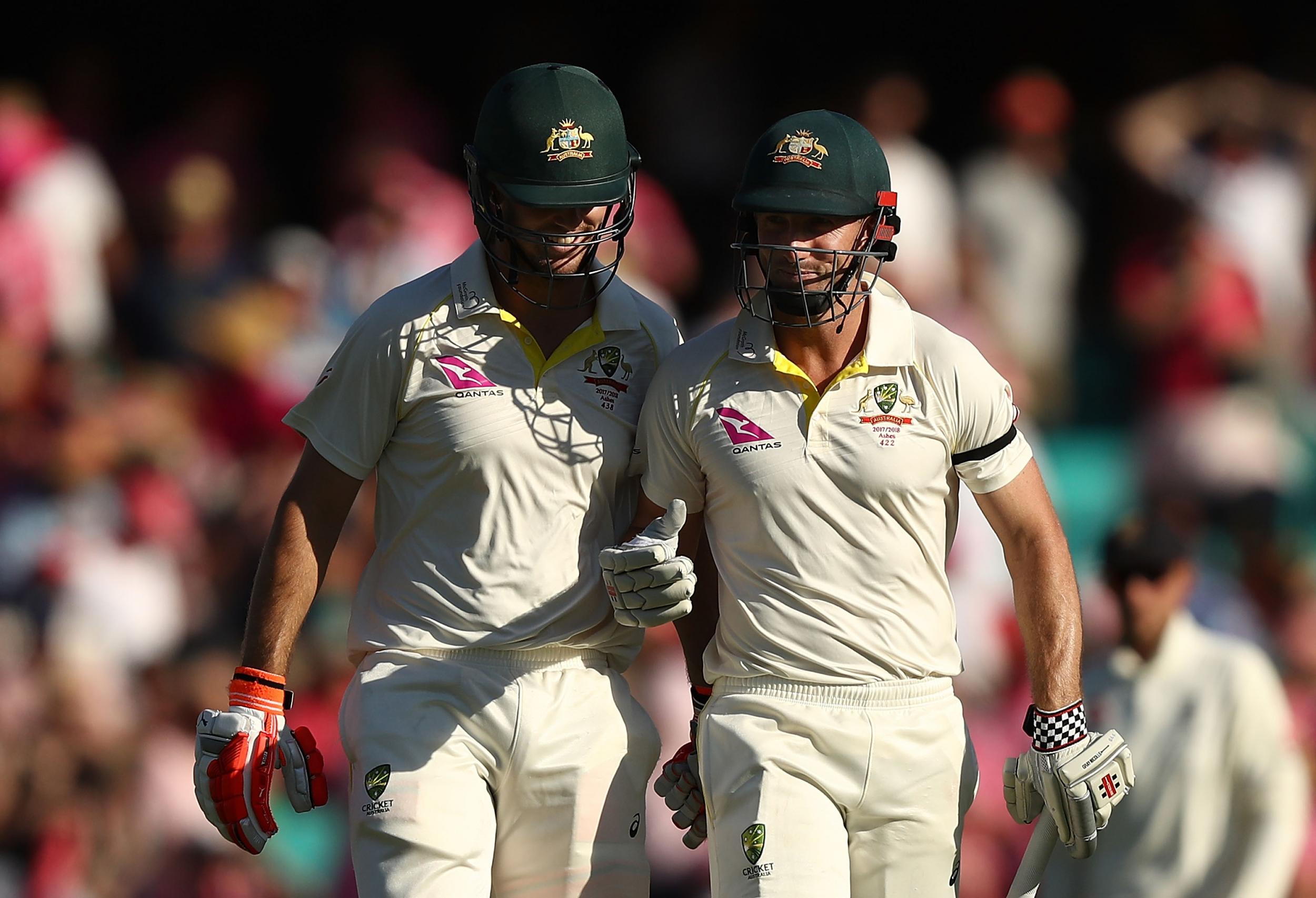
32) Nathan Lyon expresses the character of this Australian team better than anyone else.
For all the chat, Lyon actually had a fairly modest series in terms of numbers: an average of 29 with the ball was good, but perhaps not as good as you might expect given the plaudits thrown his way. His real value to this Australian side, though, can’t be measured in numbers. Apart from bowling long, threatening spells and allowing their pace bowlers to rest, Lyon has been at the vanguard of the team’s personality: throwing shade, standing his ground, making himself as uncomfortable an opponent as possible. So much of spin bowling is persona, and at the moment Lyon’s is at its very peak.
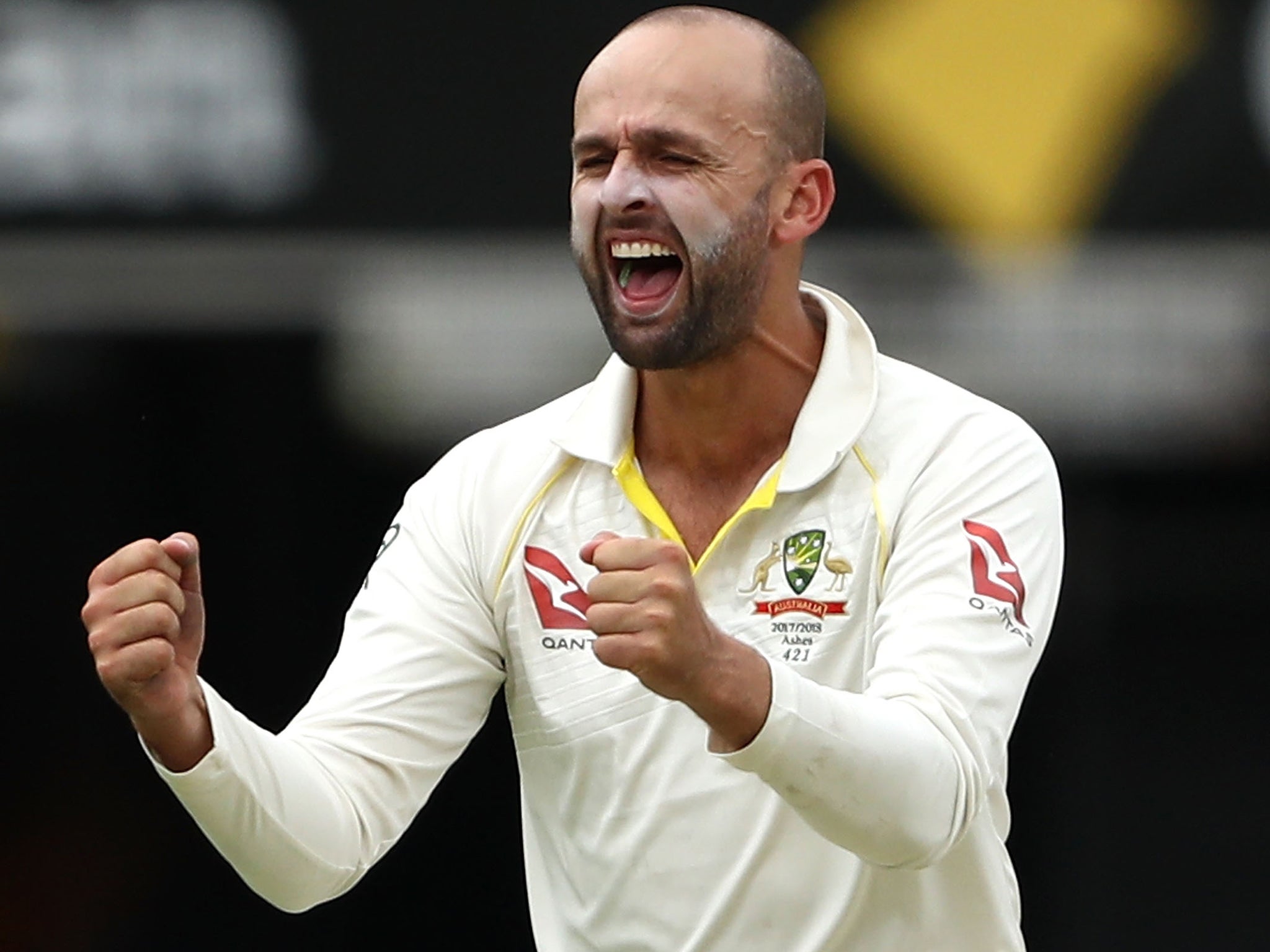
33) David Warner has got less exciting as he’s got better.
This was, by some distance, Warner’s slowest ever home series with the bat. His strike rate of 52 was, for example, just a shade above Alastair Cook’s. But it’s also been one of his more quietly impressive series, consistently seeing off Anderson and Broad on tacky pitches, protecting Smith from the new ball, laying a platform. A few silly dismissals when well set, but England saw a tamer, more mature Warner during this series, and it was still no easier to deal with.
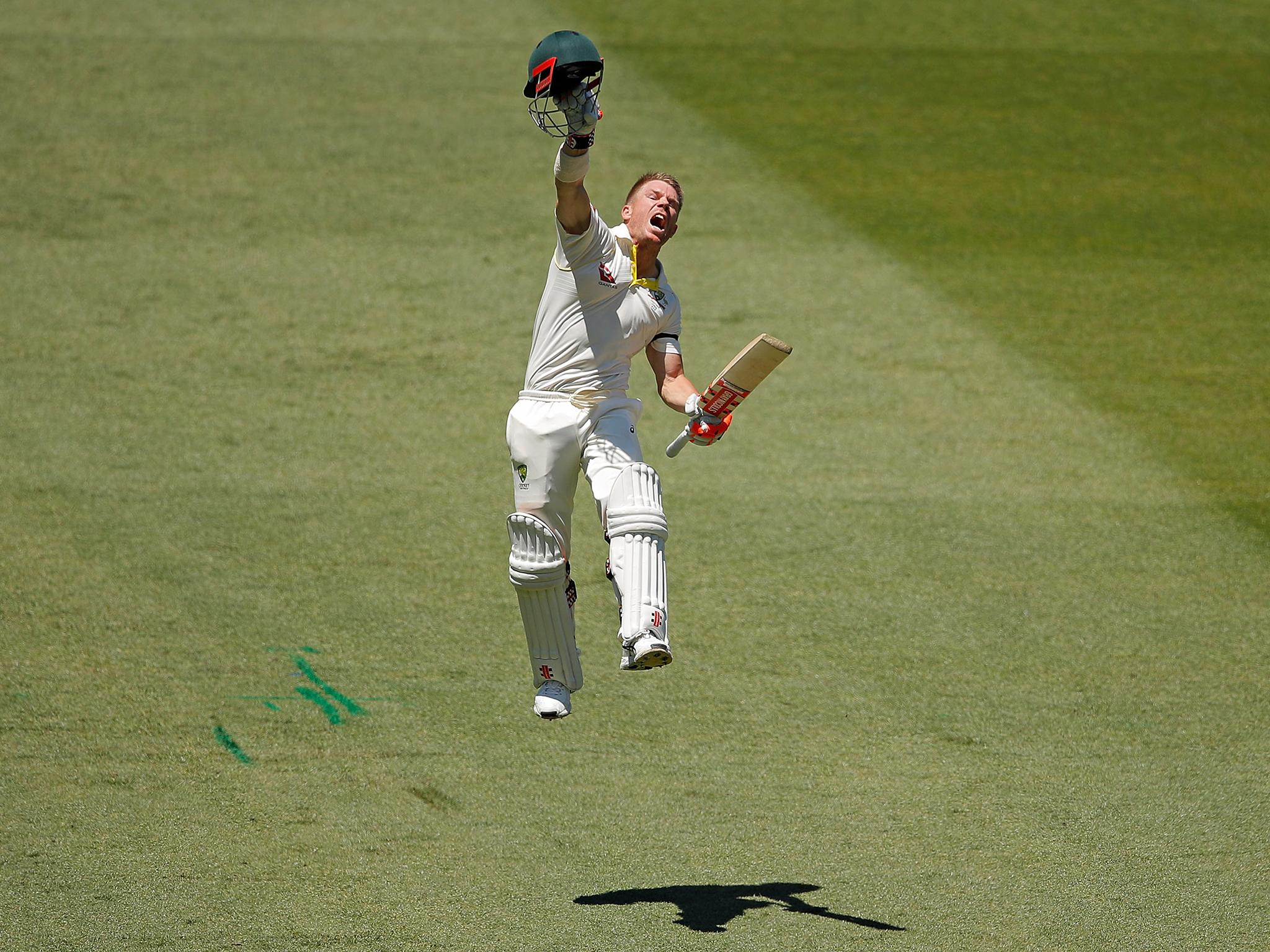
34) Sometimes the decisive moment of a series can take place on its very first day.
Smith identified the sudden run-out of James Vince at Brisbane by Nathan Lyon as the turning point of the series, and it’s certainly an interesting counterfactual to explore. England were 145-2 when it happened. Vince was batting so beautifully, the Australians looking so flat, that it’s hard to imagine England wouldn’t have plundered around 400-450 if Lyon’s throw had missed the stumps. Even with Smith’s hundred and England’s second-innings collapse, that leaves Australia chasing upwards of 300 on a quickening final-day pitch. You’d make England favourites to win from that point. And if England had breached Australia’s favourite fortress, it’s easy to see how the series might have gone entirely differently.

35) Moeen Ali has finally regressed to the mean.
The warning signs have been there for years: the first-class bowling average of 40, the long barren periods, the consistent failure to take wickets on surfaces that should theoretically be helpful to him. If we’re honest with ourselves, Moeen has been no worse a spinner than we expected him to be when he began his Test career in 2014 as a batsman who bowled a bit. And so it’s worth asking ourselves which is the more surprising: that Moeen’s limitations have eventually been exposed, or that an occasional spinner has somehow found it within him to take 133 wickets including a Test hat-trick.
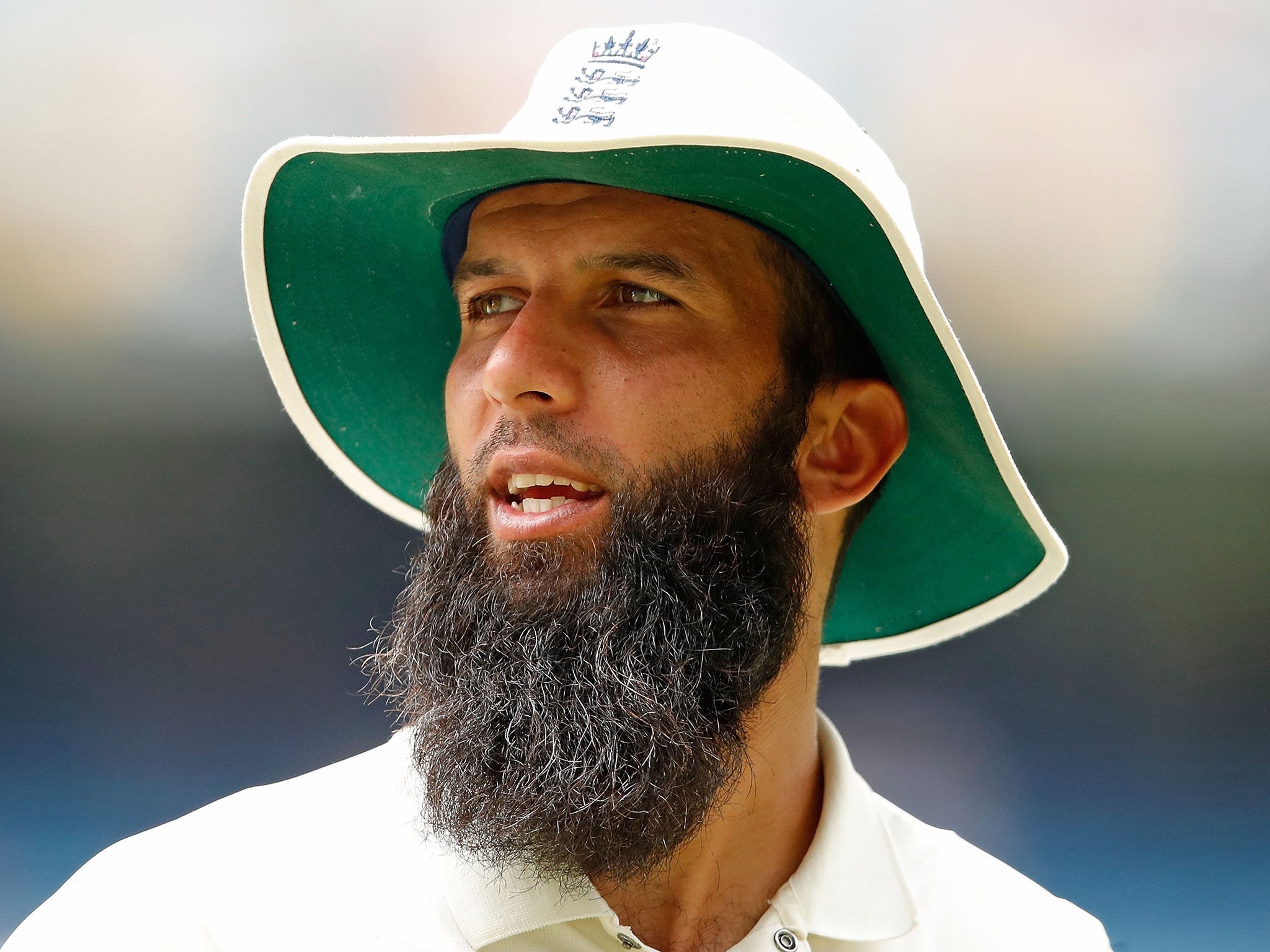
36) England’s most talented individual cricketers no longer play Test cricket.
England fans watching the Test side over the last few weeks would be entitled to wonder where all the talent has gone. The forthcoming one-day series may provide some answers. The likes of Jos Buttler, Alex Hales, Eoin Morgan, Jason Roy, Sam Billings, Tymal Mills, Liam Plunkett and Adil Rashid are all regulars in white-ball cricket, but none of them are currently deemed good enough for the Test side (Mills, of course, is physically only able to play T20). You would think England were bursting at the seams with ball-strikers and X-factor bowlers to be able to leave that lot out.
And yet, we all know how the economy of cricket works these days. Buttler, for example, could skip the IPL and give himself a run of red-ball games for Lancashire. But on April and May greentops, there’s no guarantee he’d score any runs. There’s no guarantee that even if he did score runs, he’d get back into the team ahead of Bairstow. In fact, there would only be one guarantee: that he’d be several hundred thousand pounds out of pocket. The irony these days is that while you can play all formats of the game and stay in the Test side, you can’t if you want to get into it.

37) Winning the Ashes is no longer the ECB’s main priority.
Speaking to a horseshoe of assembled journalists in Melbourne a couple of weeks ago, ECB chief executive Tom Harrison boasted with an entirely straight face that it had been a vintage year for English cricket. The thing is, by his own criteria, he was spot on. The Women’s World Cup was a stunning success. The women’s and disability sides are thriving. They forced through their new Twenty20 competition. They hit the jackpot with their latest TV rights deal. The BBC are back onside. World Cup preparations are going smoothly enough. The garden is still rosy, even if there’s a massive dead tree in the middle of it.
And you still feel that for all the ignominy of the last few weeks, if you offered the ECB a choice between winning the World Cup on home soil in 2019 and winning the Ashes back a couple of months later, they would still plump for the former. The World Cup remains the holy grail of English cricket, particularly in an age when Ashes home wins have been as common as rain. We’ll see how long that lasts if Australia win in England next time round. But for now, even a 4-0 series defeat has caused fewer palpitations at Lord’s than you might expect.
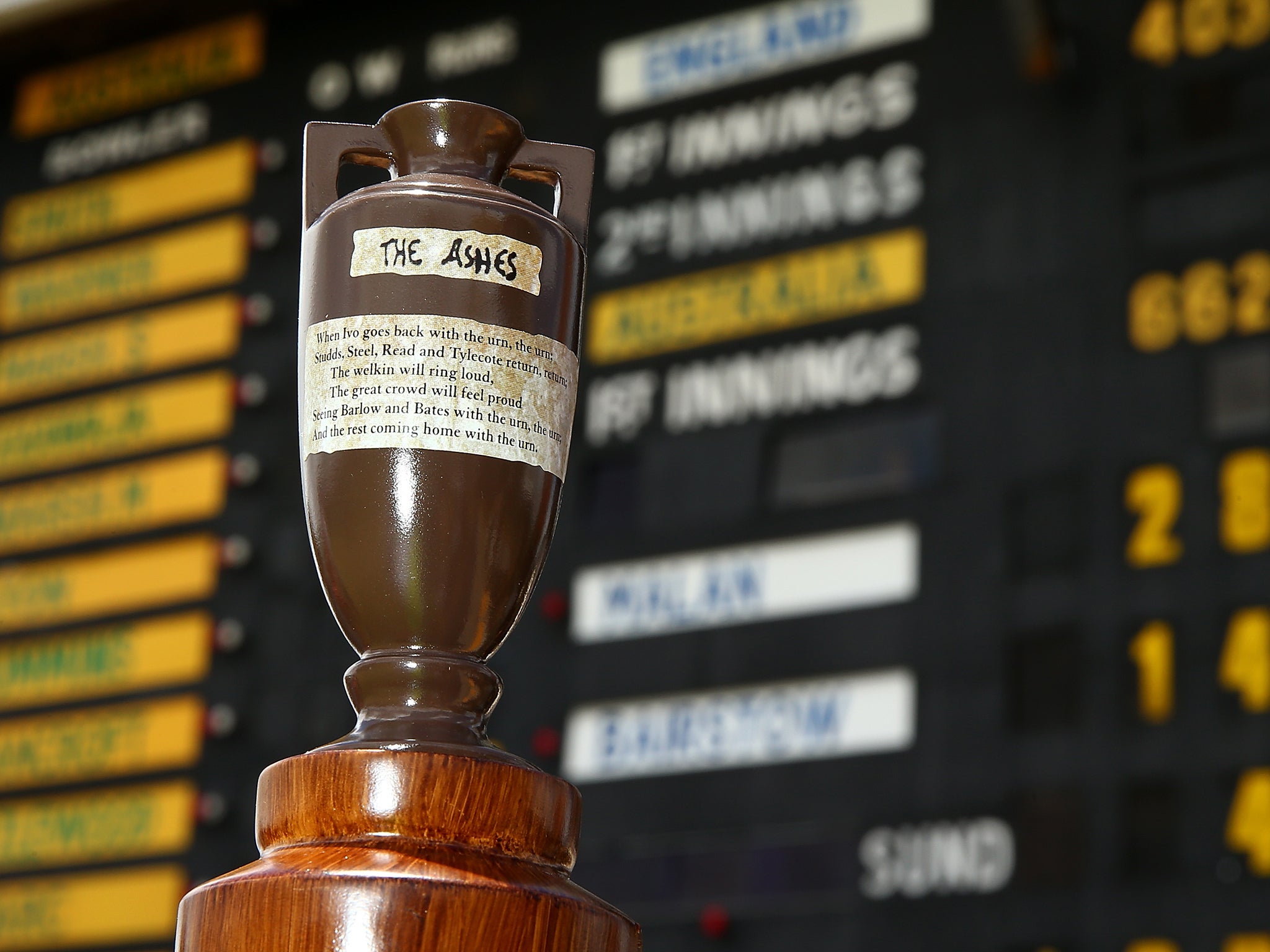
38) The Ashes needs fixing. But it’s still as good as we’ve got.
It’s not really been a vintage series: too slow, too one-sided, too few champion performances, too much attritional cricket. But it still provided enough electric passages of play to remind us why it’s still the pinnacle of the game. The fervour and pure, knotted tension of the first morning at Brisbane. Anderson’s spell with the pink ball under lights at Adelaide. Hazlewood roughing up Stoneman at Perth. The drama of Warner’s century that wasn’t, and then was, at Melbourne. Cook and Broad, of all people, going stir-crazy in Melbourne.

It’s too long, too crowded, too hyped, too full of nonsense by far. And yet, at its very best, the Ashes can still give you chills like nothing else in sport.
Join our commenting forum
Join thought-provoking conversations, follow other Independent readers and see their replies
Comments